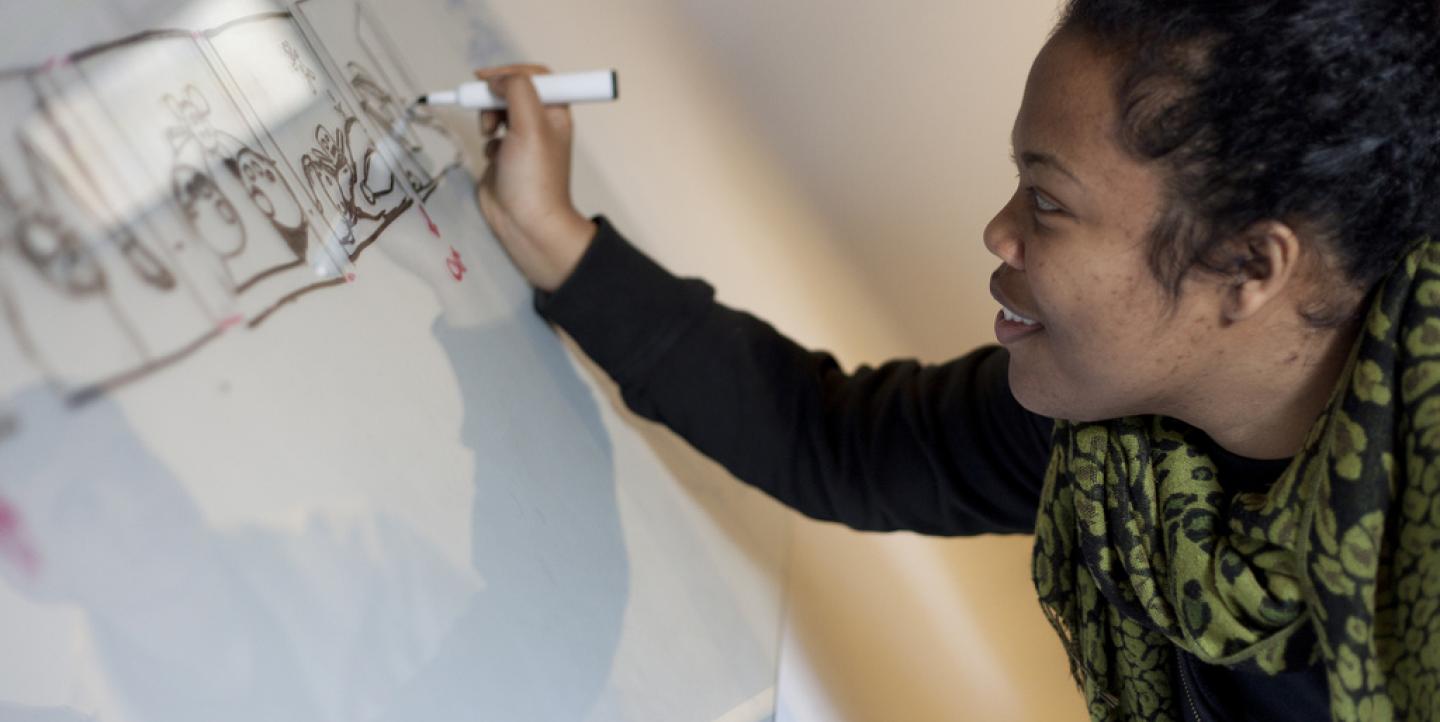An attractive, informative infographic or other interactive product can be the satisfying end result of a digital team's hard work. But former Guardian interactive designer Mariana Santos says the process of getting there is just as important.
“For a team, it’s as much about the trip as it is about arriving,” says Santos, an ICFJ Knight Fellow. She is the founder of Chicas Poderosas, a movement to train women to participate in technology in newsrooms throughout Latin America.
Santos recently conducted a training session on project management for interactive digital narration teams, in Santiago, Chile. Santos talked with IJNet about how to achieve great group dynamics and effective communication, which she says helps overall quality in newsrooms. Here are her four key tips:
Communication is key
In journalism, Santos says, great communication is paramount. To achieve that, a devoted and focused project manager should know each and every detail of a project, and explain and distribute tasks among all team members (developers, journalists and designers). Each team member should fully understand what, when and how he or she needs to deliver a task.
“Each person on the team should feel ‘part of it’, so that individual egos are replaced by the spirit of teamwork where everyone is working on a common goal and every single person is part of that path.”
Do away with hierarchies
The hallmark of a dysfunctional digital journalism team, Santos says, is when an editor writes a story, then approaches the designer for an infographic right before the story is ready to be published. Even worse, she says, is sending an email to a developer who works in administration in another building, requesting that an interactive is created to follow a story. (She’s seen it too many times.)
“I truly believe we need to sit side-by-side,” Santos says. “We are a family throughout the problem-solving phase, working together as designers, developers and editors to find the best way to tell the story.”
Also helpful, Santos says, is an open work space with plenty of opportunities for “accidental run-ins.”
Reflection matters
The key to success and emotional stability during the process, Santos says, “is to learn from mistakes.” Especially in high-stress, deadline-driven environments, it’s important to slow down and reflect.
“If there's something you didn’t like that your colleague did, share -- either immediately or at the end of the project -- so everybody can learn from the mistakes,” she says. “The reflection phase after a project, where we share what worked and what didn’t, can only bring transparency, trust and improvement for future projects and behaviors.”
Apply a lean startup mentality to journalism
In interactive journalism, the workflow is like that of a startup: “We need to fail fast to succeed soon. We need to be agile. We need to have parallel workflows, even within a massive team structure that needs to work in sync with lots of people and tasks.”
The lean methodology allows the entire team to know where the project stands and who needs to do what by when, she explains. Everyone has a clear picture of project development as well as their role in the team and what’s expected. That creates feeling of comfort, which is very important to minimizing stress.
“If a team is limited to the same approach over and over again just because it’s safe, innovation will never take place.”
Photo courtesy of Flickr user vancouverfilmschool under a Creative Commons license.

